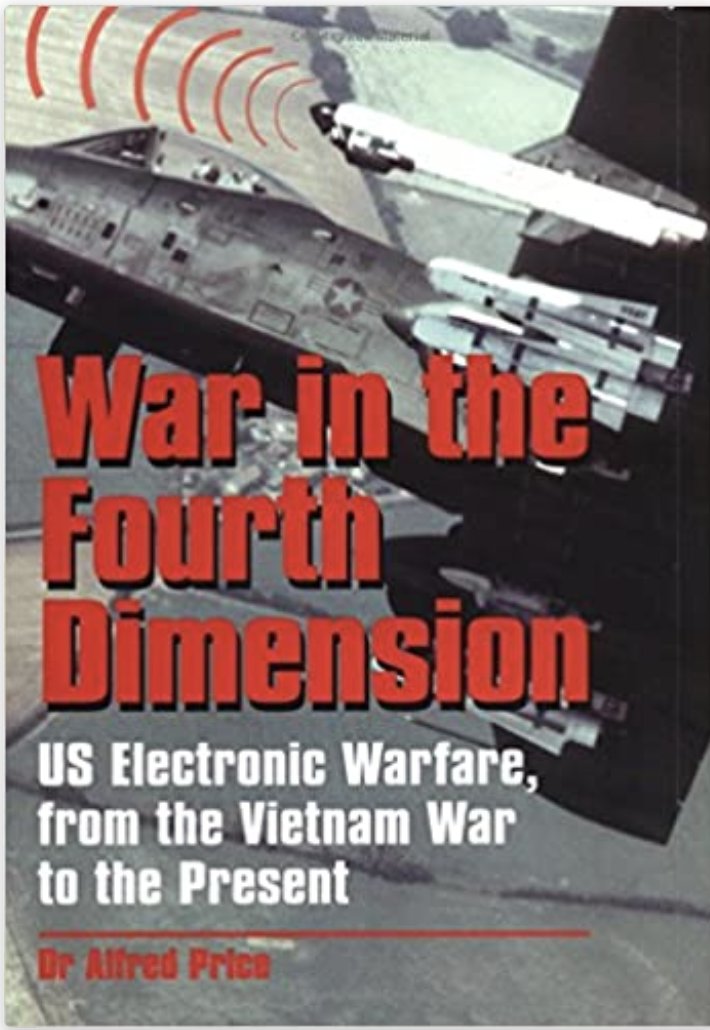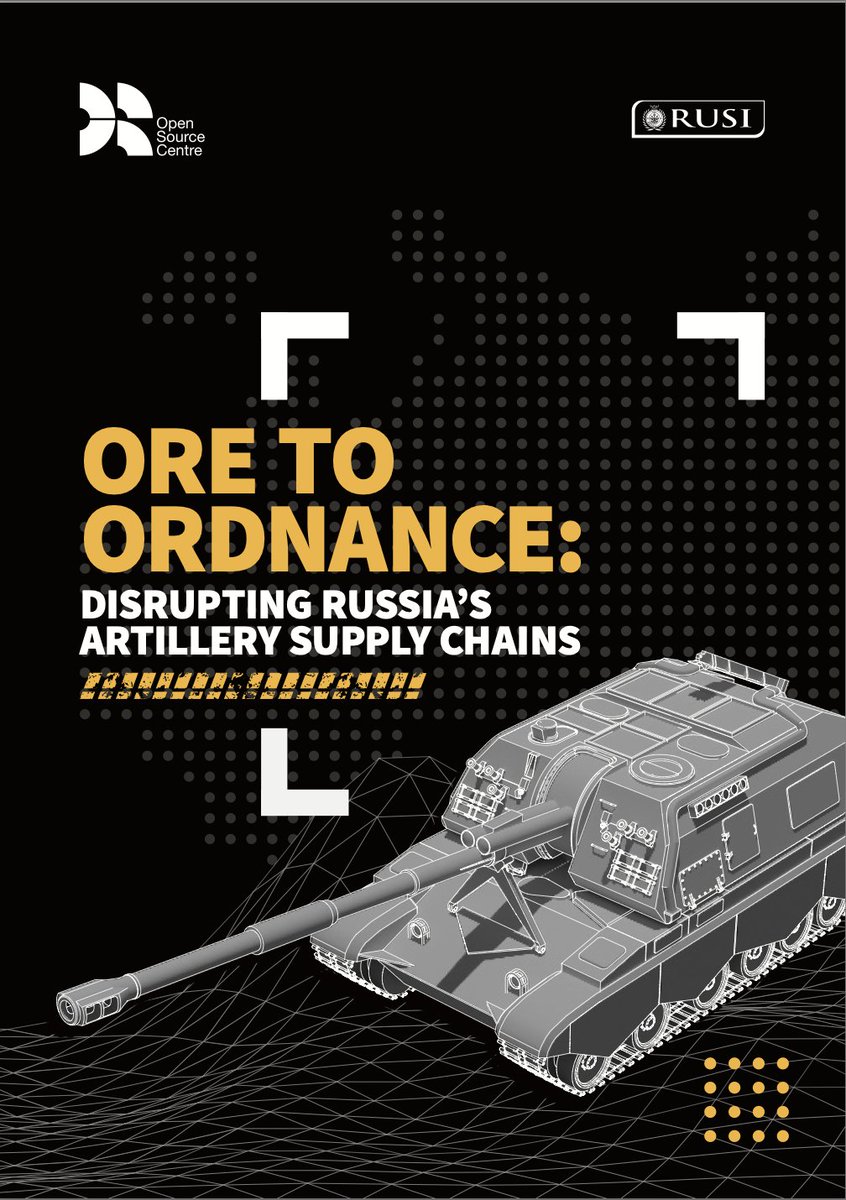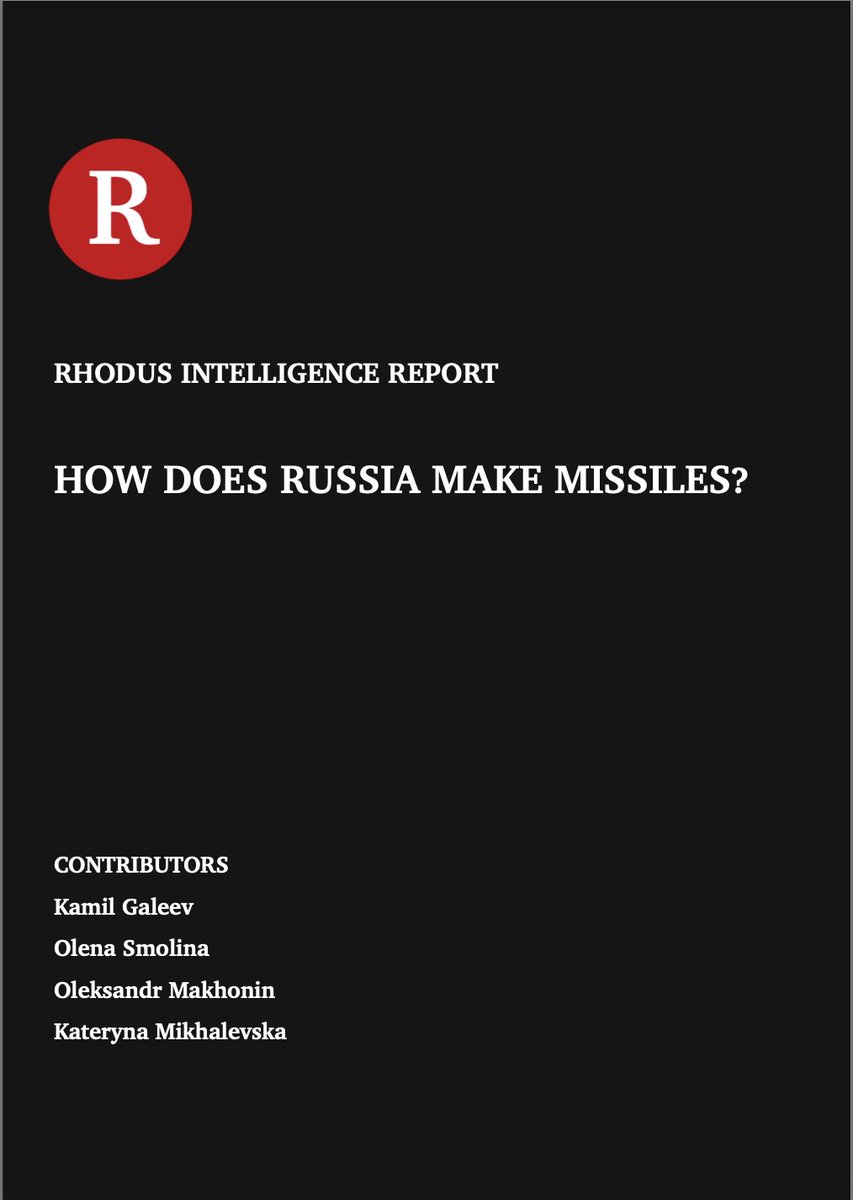Over the past months, air defense has received significant attention. In case you'd like to understand more about radar, jamming, decoys, surface-to-air missiles, and the like, here some sources I found very useful.
These are the works I have used for a lecture in a class I teach at @CSS_Zurich of @ETH_en with @alexbollfrass, @HerzogSM and @NinaSilove.
And that I have used for two lectures I gave last summer at Euro-Swamos organized by @Hertie_Security and @EISSnetwork with @Hg_Meijer and @mephenke.
I'd start from this article from 1999 that puts things in perspective and explains why air defenses posed a problem also for the US Air Force in the War in Kosovo.
airandspaceforces.com/PDF/MagazineAr…
airandspaceforces.com/PDF/MagazineAr…
Then, I would look at this book. It is very accessible, has some jokes, and some interesting anecdotes. Moreover, it will help you understand not only radar but also sonar. There is barely any math or physics, only some very introductory statistics. 

(If you liked the first few chapters of Denny's book, you will like these two books, which provide an historical overview of the relevance of the electro-magnetic spectrum (mostly) through US experience). 



To understand radar, this is a great source to start with, if you do not have the basics - all you need is some physics and familiarity with math & stats. Older versions (co-authored by the late Toomay) are good too, but the 4th ed includes a discussions on countermeasures. 

This is a great complement to the book by Hannes. Very accessible, it will explain some aspects much more in depth. And even though it is now more than 20 years old, it's probably my favorite "intro" book on radar. 

Speaking about introductory books, Skolnik's Introduction to Radar Systems is considered the Bible. Some find Skolnik's book more demanding than the other two, but I guess it is a matter of preferences. 

This relatively unknown report will connect for you radar engineering and air defense. it is more than 30 years old now, but the key principles are still valid, and are presented in a simple way (you will find also a general introduction of radar). 

Speaking about air defense, this is a more recent report published by the US Army, which summarizes in a very accessible combined arms for air defense. Strongly recommended. 

This is, by far, one of my most favorite works on air defense. It has some technical discussions, but it puts them together with air defense more in general. I consider it one of those works for which there is a "before and after". 

This is another great source, an article by JHUAPL: it discusses air defense at sea, but the principles underlying it apply broadly. Look closely at the pictures, because some are extremely informative. 

This short report by the Mitchell Institute provides an accessible summary of what integrated air defense systems are. 

This report by Justin Bronk is also very useful. It does much more than the title suggests. Whereas it is focused on Russian and Chinese capabilities, it still provides a general summary and it has some really clear figures. 

Speaking about air defense, this book will put in historical perspective the attempt to defeat them through suppression of enemy air defense systems. 

Here we get more technical, so you might find it a bit demanding. But this book has so much it's difficult to summarize it. Written by a former Lockheed employee, it includes also detailed discussions about electronic order of battles. 

This guy. As far as I know, it is the only book specifically on airborne radar out there. And it is one of those books for which I would recommend that you read both the 2nd & the 3rd version to appreciate how technological change has enhanced radar systems over the past decades. 

This is a demanding book. I have read it some 6 or 7 times, and there are still parts that I do not fully understand. But it is the one that really helped me understand scattering and signal processing. Among "pros" it is considered the to-go book. 

And if you do not have time to read all these works, with my co-authors, we have tried to summarized them in a recent article about the "Enduring Hider-Finder Competition in Air Warfare."
direct.mit.edu/isec/article/4…
direct.mit.edu/isec/article/4…
• • •
Missing some Tweet in this thread? You can try to
force a refresh








